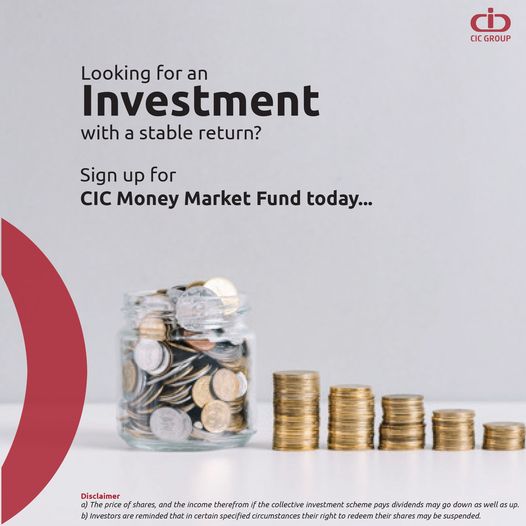
Understanding the Risks of Money Market Funds
Money Market Funds (MMFs) are widely regarded as low-risk investments that provide a secure avenue for investors to preserve capital while earning a modest return. However, like any investment vehicle, MMFs are not without their risks. It’s crucial for investors to understand these risks thoroughly to make informed decisions about their investment portfolios.
### 1. Interest Rate Risk
Description:
MMFs primarily invest in short-term securities like Treasury bills, certificates of deposit (CDs), and commercial paper. These securities are sensitive to changes in interest rates. When interest rates rise, the yields on newly issued securities increase, potentially lowering the value of existing holdings in the MMF. This can affect the fund’s overall yield and the income generated for investors.
Impact:
Fluctuations in interest rates can impact the net asset value (NAV) of MMFs, although they strive to maintain a stable NAV around $1 per share. Investors may experience lower returns during periods of rising interest rates, affecting the profitability of their investments.
### 2. Credit Risk
Description:
Despite investing in high-quality, short-term securities issued by governments, financial institutions, and corporations with strong credit ratings, MMFs still face credit risk. There is a possibility that an issuer may default on its obligations, leading to potential losses or a decline in the MMF’s NAV.
Impact:
While credit risk in MMFs is generally low compared to other investments, unexpected defaults can adversely impact fund performance and investor returns. MMFs mitigate this risk by diversifying their holdings across multiple issuers and sectors.
### 3. Market Risk
Description:
Changes in economic conditions, regulatory policies, or sudden market disruptions can impact the stability and performance of MMFs. Market risk can manifest through liquidity constraints, increased volatility in short-term securities markets, or shifts in investor sentiment.
Impact:
Market risk can affect the liquidity and pricing of securities held by MMFs, potentially leading to fluctuations in the fund’s NAV. Although MMFs are designed to maintain stability, external market factors can influence their performance and investor confidence.
### 4. Liquidity Risk
Description:
MMFs are structured to be highly liquid, allowing investors to redeem their shares quickly and without significant price fluctuations. However, there can be instances where the liquidity of underlying securities held by the MMF becomes constrained, especially during periods of market stress or reduced demand.
Impact:
If an MMF faces difficulty in selling its holdings at fair market value to meet redemption requests, it may impose liquidity fees or temporary redemption gates. While these measures aim to protect remaining investors, they can temporarily restrict access to funds for redeeming shareholders.
### 5. Regulatory Changes
Description:
MMFs are subject to regulatory oversight aimed at maintaining stability and protecting investor interests. Changes in regulatory requirements, such as liquidity standards or permissible investments, can impact MMF operations and strategies.
Impact:
Regulatory changes may necessitate adjustments in MMF portfolio composition or operational practices, potentially affecting fund performance or investor accessibility. It’s crucial for investors to stay informed about regulatory developments that could impact MMFs.
### Conclusion
Money Market Funds offer investors safety, liquidity, and competitive yields relative to traditional savings accounts. However, understanding the risks associated with MMFs—such as interest rate risk, credit risk, market risk, liquidity risk, and regulatory changes—is essential. By assessing these risks and aligning them with their financial goals, risk tolerance, and investment time horizon, investors can make informed decisions about integrating MMFs into their diversified investment portfolios. Always seek advice from financial professionals to tailor investments to individual needs and ensure a balanced approach to managing financial resources.




